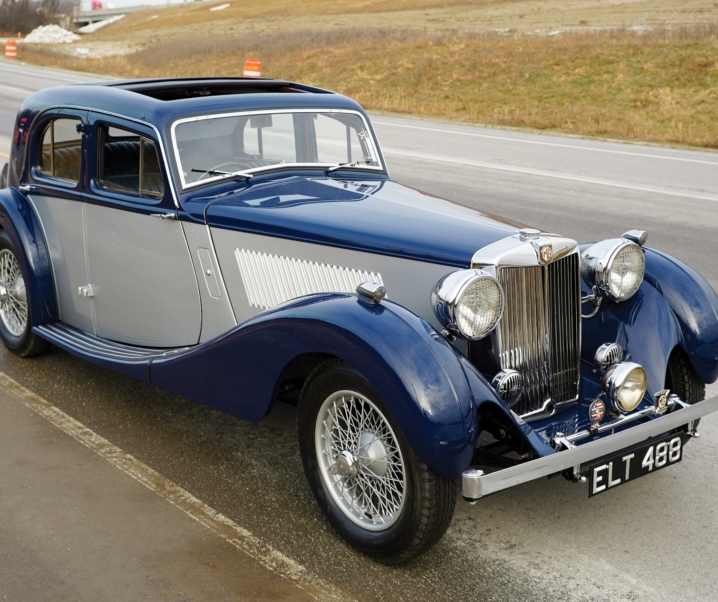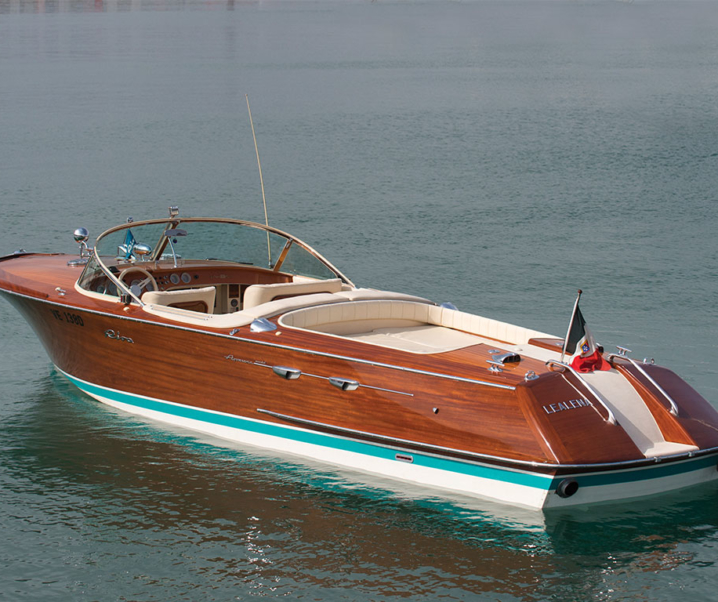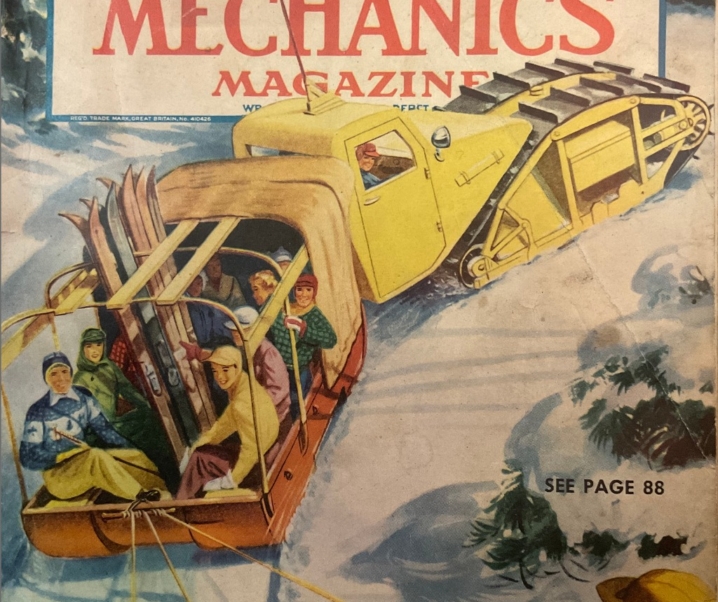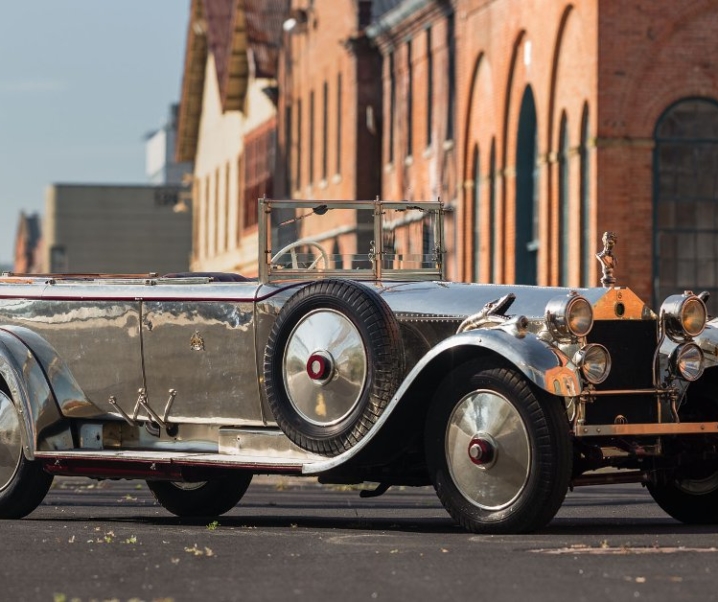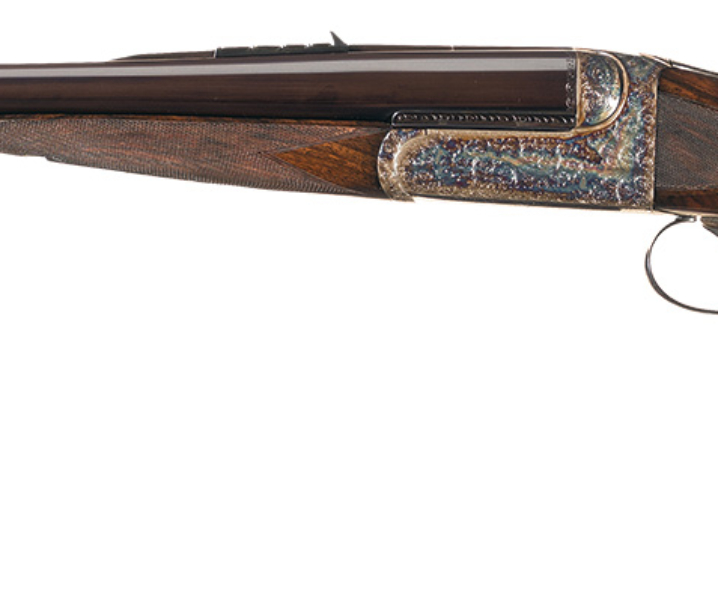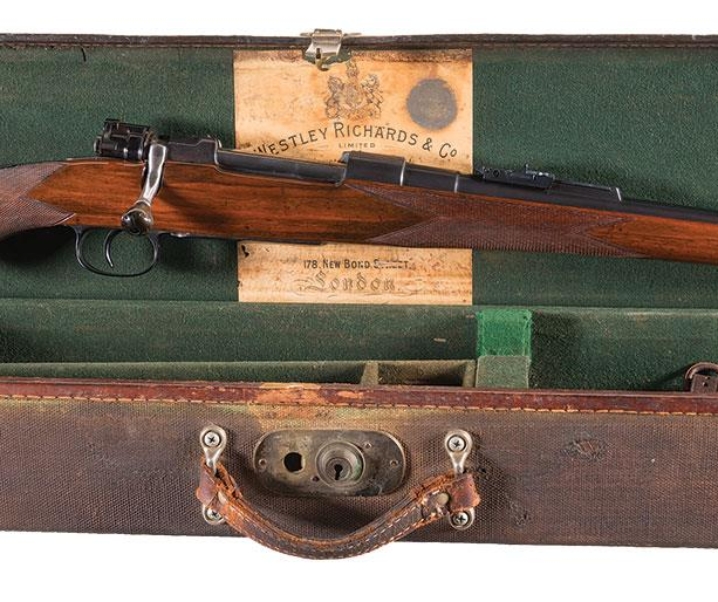Regarded by many as the best rifle-scopes in the world Schmidt and Bender occupy a lofty place on the top shelf tier of optics you could choose to put on your rifle whether it be for hunting or for military and police applications. Schmidt and Bender put together flawless optics with utterly reliable mechanics to produce rifle-scopes that are difficult or even impossible to fault.

The company’s product line-up for hunting rifle-scopes is in two categories; Classic and Zenith. The Classic line are traditional European style rifle-scopes with the reticle in the first focal plane that have stood the test of time on hunting fields all over the Earth. The Zenith series are the new line which place the reticle in the second focal plane for the lower powered models, the 1.1-4x24mm and 1-8x24mm for which a “non-magnifying” reticle is an advantage. The higher powered Zenith rifle-scopes follow the traditional European style scope with its reticle in the first focal plan.
What is the difference in reticle placement and why do rifle shooters often have a strong preference for one type or the other?

If the reticle is placed in the first focal plane just ahead of the adjustment turret. This means that the reticle and the image of the target are both in the same focal plane and so the subtensions of the reticle are always exactly the same by comparison with the image at all magnification settings in a variable rifle-scope. Because the image and the reticle are both in the same focal plane when the magnification is increased in a variable scope both the image and the image of the reticle are magnified exactly the same amount. Thus the size of the reticle remains exactly the same in relation to the target at all power settings – the reticle magnifies with the image as the magnification is increased and the reticle shrinks with the image as the magnification is decreased. This means the reticle can be used as a guide for range estimation. This is the type I absolutely prefer for shooting beyond 200 yards because I use the reticle subtensions as a guide for range estimation.
In the Schmidt and Bender Zenith series the two lower powered rifle-scopes place reticle in the second focal plane near the eyepiece of the rifle-scope. This means that the reticle appears to stay the same size when the magnification is increased or decreased. American rifle-scopes have traditionally used this configuration. A few decades ago shooters came to identify the first focal plane “magnifying” reticles with the then common European rifle-scopes by Pecar and Kahles, and the second focal plane “non-magnifying” type with rifle-scopes by Leupold, Weaver and Burris. There was quite a bit of advertising and marketing that went into persuading shooters that the American second focal plane placement was better and a lot of sporting shooters believed it and bought American scopes. The majority of the professional kangaroo shooters I came across however seemed to prefer the European first focal plane “magnifying” reticle more often than not in a Pecar rifle-scope.

If you choose a rifle-scope with the reticle in the second focal plane you will not be able to use it to estimate range unless you settle on one magnification setting on which you will use it for that purpose. I normally recommend that the shooter choose the highest magnification that will still maintain a bright image through the rifle-scope even in twilight conditions. Your eye can use up to 7mm of light. So the calculation of that power is very simple to do. You divide the objective lens diameter by 7mm and that will give you the maximum magnification power you can use and still get a bright image. So for example, if your objective lens is 42mm diameter you can use 42mm÷7mm=6x. For a 50mm objective lens 50mm÷7mm =7x, and for a 56mm objective lens 56÷7=8x.
Which style should you choose? That really is up to you. I much prefer to use the reticle as a range estimation guide so I prefer a scope with the reticle in the first focal plane except for a low powered scope that will be mounted on a rifle intended for “up close and unfriendly” work. For a low powered scope for close range shooting it is best to have a simple single post with horizontal crosshair reticle that does not magnify when the power is turned up. So for a low powered scope for short range work a simple reticle in the second focal plane (i.e. non-magnifying) is preferred.
Having the reticle in the first focal plane also has some other advantages. Because the reticle and the image are in the same focal plane changing the magnification at the eyepiece of the rifle-scope won’t move the reticle to a different relationship with the image. However, if the reticle is in the second focal plane then it is possible that changing the magnification at the eyepiece can move the reticle in relationship to the image which would be disastrous for accuracy. In a rifle-scope of the mechanical and optical quality of a Schmidt and Bender this will not happen. However, in a cheap rifle-scope it quite probably will. This all depends on rifle-scope build quality and let’s not kid ourselves, we get what we pay for. Personally I expect to pay more for the rifle-scope than I pay for the rifle I put it on and I’ve never regretted doing that.
To find all the models available in the Classic and Zenith lines you’ll find Schmidt and Bender’s English Language Hunting Riflescope catalog here.
In Part II of this article we will look at the illuminated and non-illuminated reticles and the advantages of some of the common ones. We will also look at some of the specific features of the Zenith and Classic series.
(Feature image at the top of this article courtesy of optics-trade.eu)

Jon Branch is the founder and senior editor of Revivaler and has written a significant number of articles for various publications including official Buying Guides for eBay, classic car articles for Hagerty, magazine articles for both the Australian Shooters Journal and the Australian Shooter, and he’s a long time contributor to Silodrome.
Jon has done radio, television, magazine and newspaper interviews on various issues, and has traveled extensively, having lived in Britain, Australia, China and Hong Kong. His travels have taken him to Indonesia, Israel, Italy, Japan and a number of other countries. He has studied the Japanese sword arts and has a long history of involvement in the shooting sports, which has included authoring submissions to government on various firearms related issues and assisting in the design and establishment of shooting ranges.




